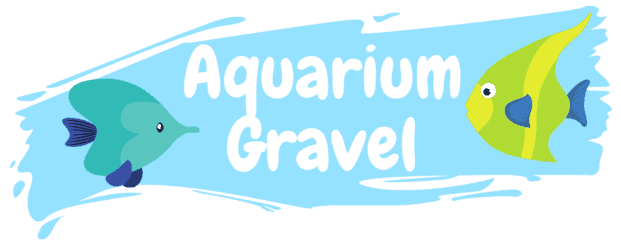Last Updated on December 27, 2021 by cmoarz
Caridina multidentata, Aka Amano shrimp are really cool looking shrimp. They have a transparent body with black spots that makes them really fun to watch.
But the look isn’t the only reason people buy them. The Amano Shrimp is often used as a cleaner shrimp since they feed on leftover food or even algae from inside the tank.
You might be worried if you’ve recently lost an Amano shrimp and it turned a different color. Why did that happen, Is it something you did wrong, or is something wrong with the water that you need to worry about? No, here’s what’s up.

Do Amano Shrimp Turn Pink When They Die?
Table of Contents
Amano shrimp can and do turn pink after death. They can also turn a solid orange or a deep red, almost like they’ve been cooked. Ghost shrimp turning orange and cherry shrimp turning white (or blue).
A lot of people might be worried when they see this as the only time you see a shrimp red like that (other than a cherry shrimp) is after it’s been cooked! So the first thing people do is check their tank isn’t boiling (Or their shrimp got stuck behind a heater).
Once they realize that of course, their tank isn’t boiling, since they’re well aware that their tank isn’t on fire and it’s a silly thing to think, and that the shrimp is nowhere near the heater, they then start to panic even more!
“Is there something wrong with my water?”
Of course, The answer is no (usually), although that might be what leads to the shrimp’s death in the first place, When an Amano shrimp dies it’s natural for it to change color to pink or orange or red.

Why Do Amano Shrimp Turn Pink After Death?
Shrimp change color upon death because of the carotenoids they have in their body.
Carotenoids are in a lot of things, notably vegetables. Carotenoids are also in algae that Amano Shrimp eat.
Shrimp are unable to produce carotenoids themselves but do get it from the algae and other plants that synthesize them.
Carotenoids form bonds with various proteins, and when those bonds break (such as when cooked or when the body starts to break down after death), the astaxanthin part of the carotenoids starts to replace the natural coloring of the shrimp.
The reason different shrimp turn different colors is mostly due to the fact that Chromatophores break down into 4 subcategories:
- Black chromatophores, containing ommochromes, which absorb light
- Red chromatophores, generally containing astaxanthin
- Yellow chromatophores, generally containing lutein
- White chromatophores, containing pterines or flavines, which reflect light
(You can read more about that here: Source)

How Long Do Amano Shrimp Live
Assuming they live in ideal conditions with ideal water parameters and ideal diets, with no predators or anything that can damage or kill them, if kept as pets they can live up to 3 years, with the upper end of that being closer to 3 or 4.
Even if you keep your Amano shrimp in perfect conditions (pH of 6, water temp between 65f and 80f), they still only have a life expectancy of 1-3 years depending on how well they fare during their moltings.
When kept under less than perfect conditions, Amano shrimp typically don’t make it past 1 year old.
Shrimp are very sensitive to temperature swings and stress, and an Amano shrimp that is molting (shedding its exoskeleton) is very sensitive and unable to swim well (that’s why they sink and hide during a molt).

Why Is My Amano Shrimp Turning Red
If your Amano shrimp is turning a different color, like red, but isn’t sick or dying, it could be because of what they ate.
Amano Shrimp are algae eaters, and some types of algae turn the shrimp different colors. What color they will turn depends on which type of carotenoids are in that specific kind of algae.
As transparent shrimp, the color of the algae also peers through the shrimp’s body and shows up in its colors.
Stress can also cause color changes as well as fading, sometimes causing them to look almost white.
And, in some rarer cases, Their genetics can cause them to be a specific color over time, losing their old color and slowly replacing it with a new color as they grow older.
About
Owner of AquariumGravel.com and also owner of actual Aquarium Gravel believe it or not! ;). Setting up beautiful aquarium sceneries and habitats since I was very young. Enjoy!
- Web |
- More Posts(290)

